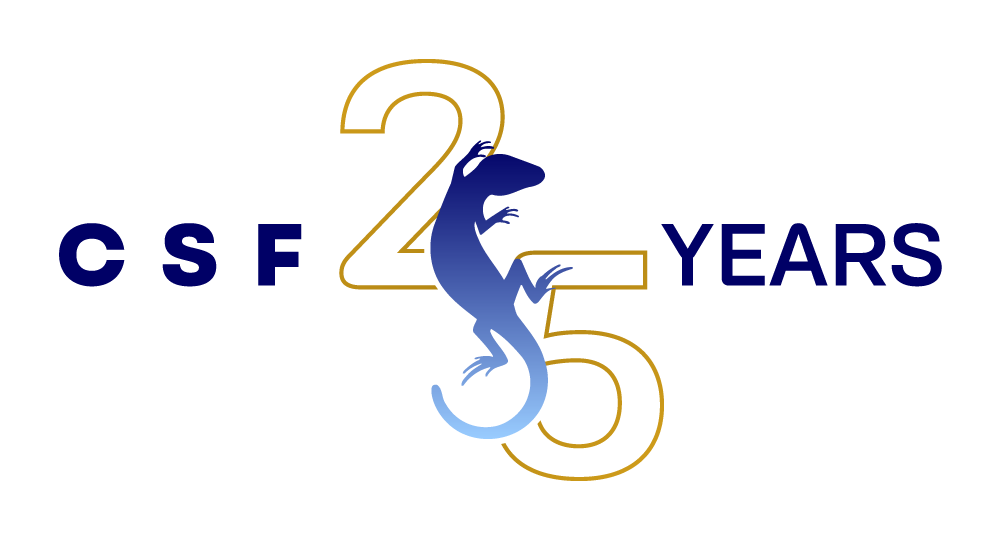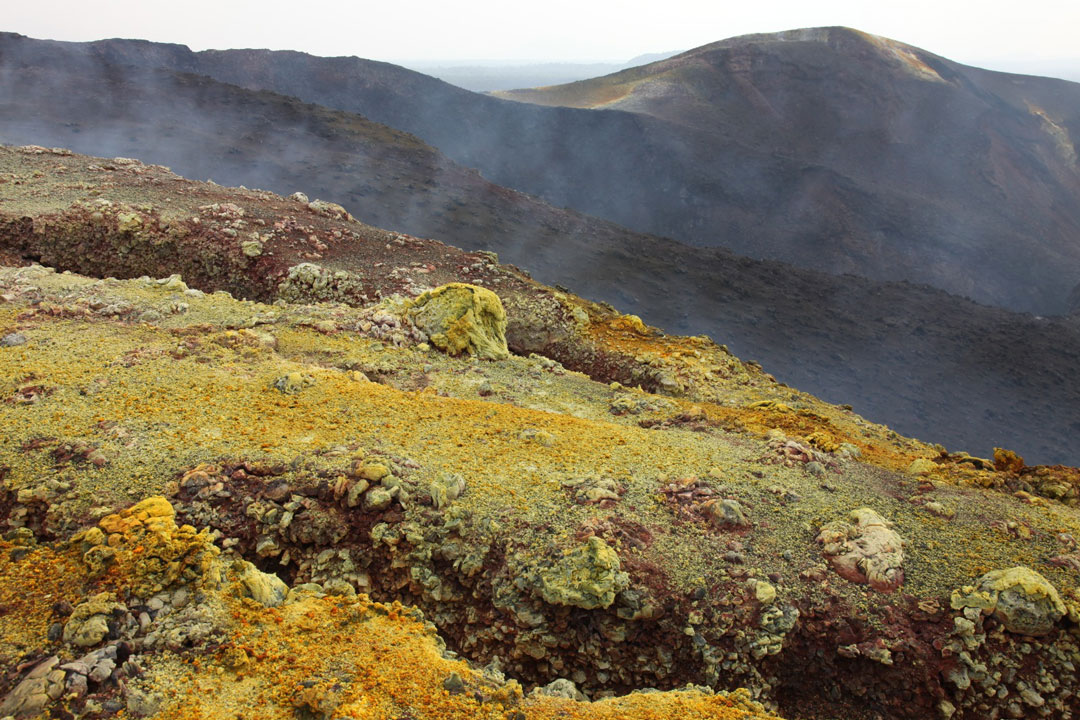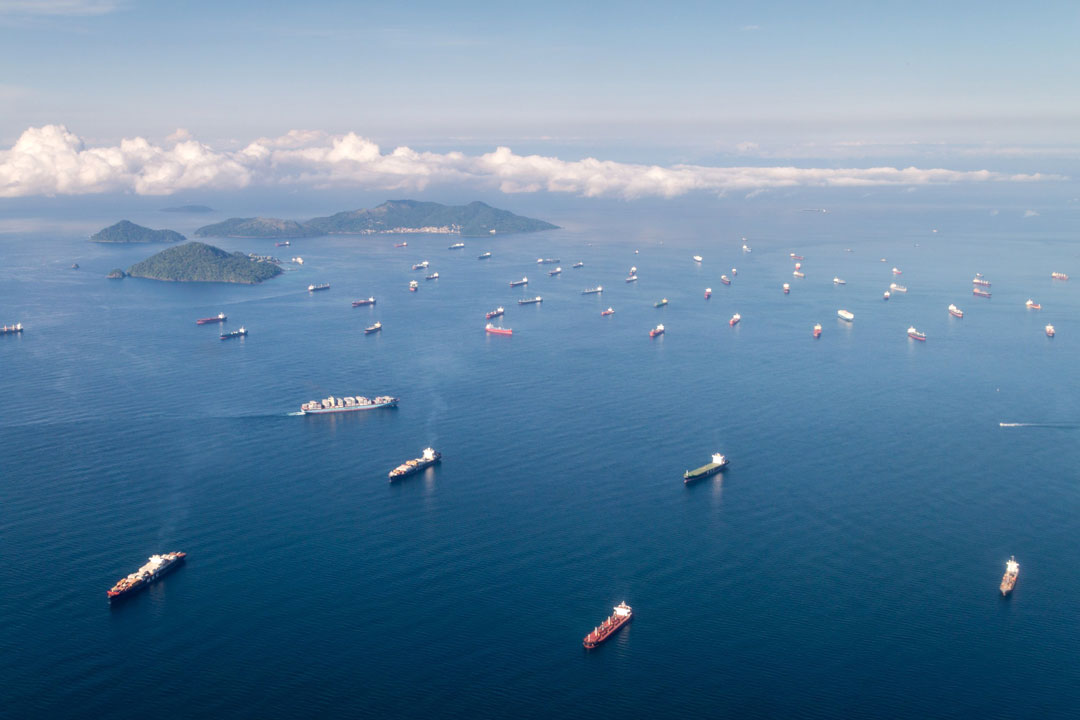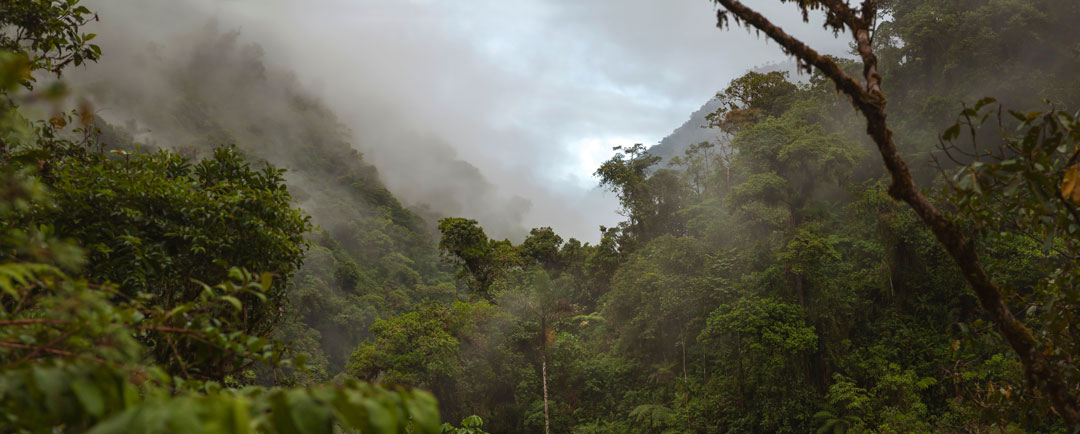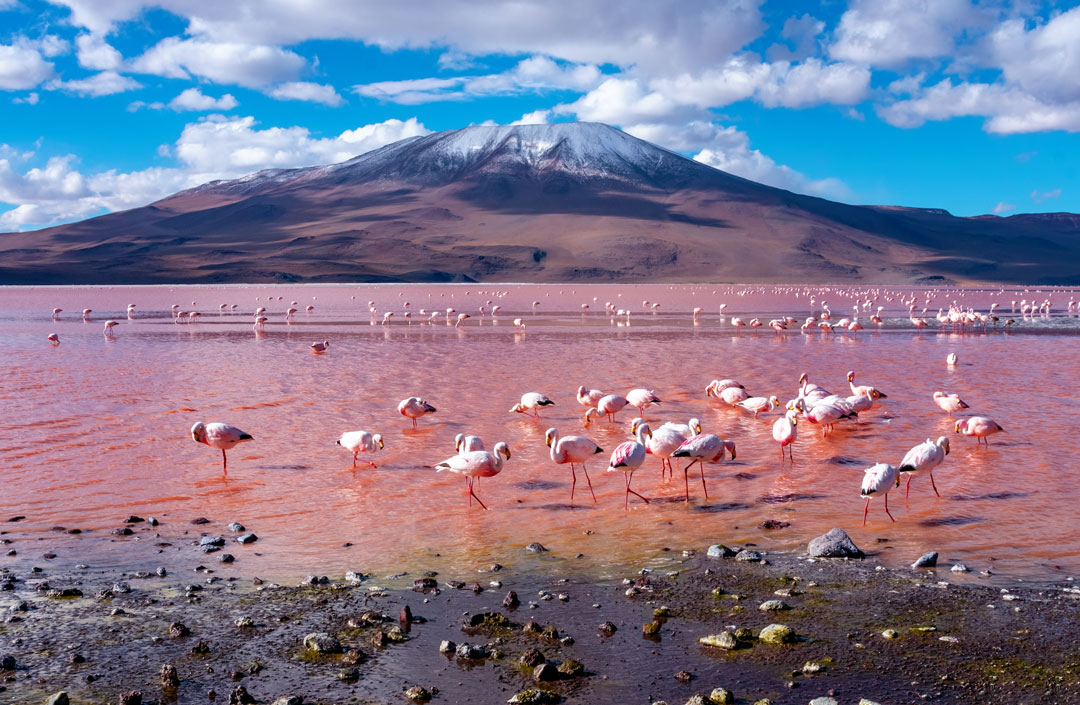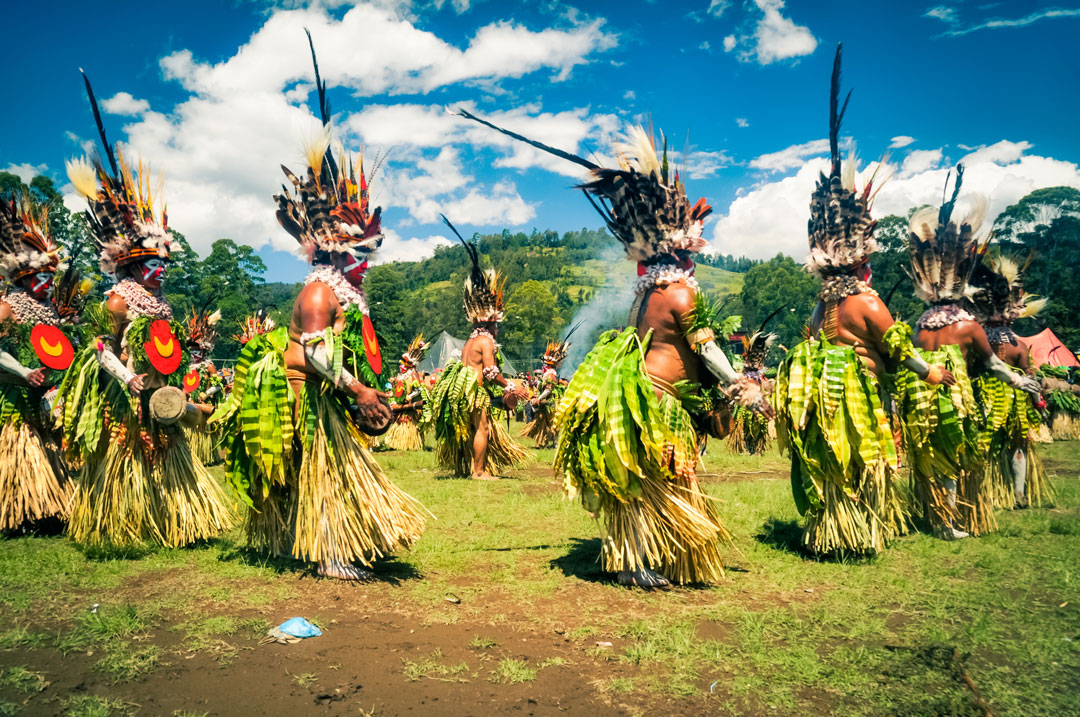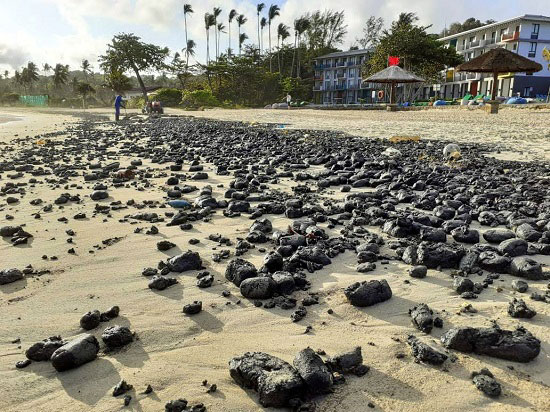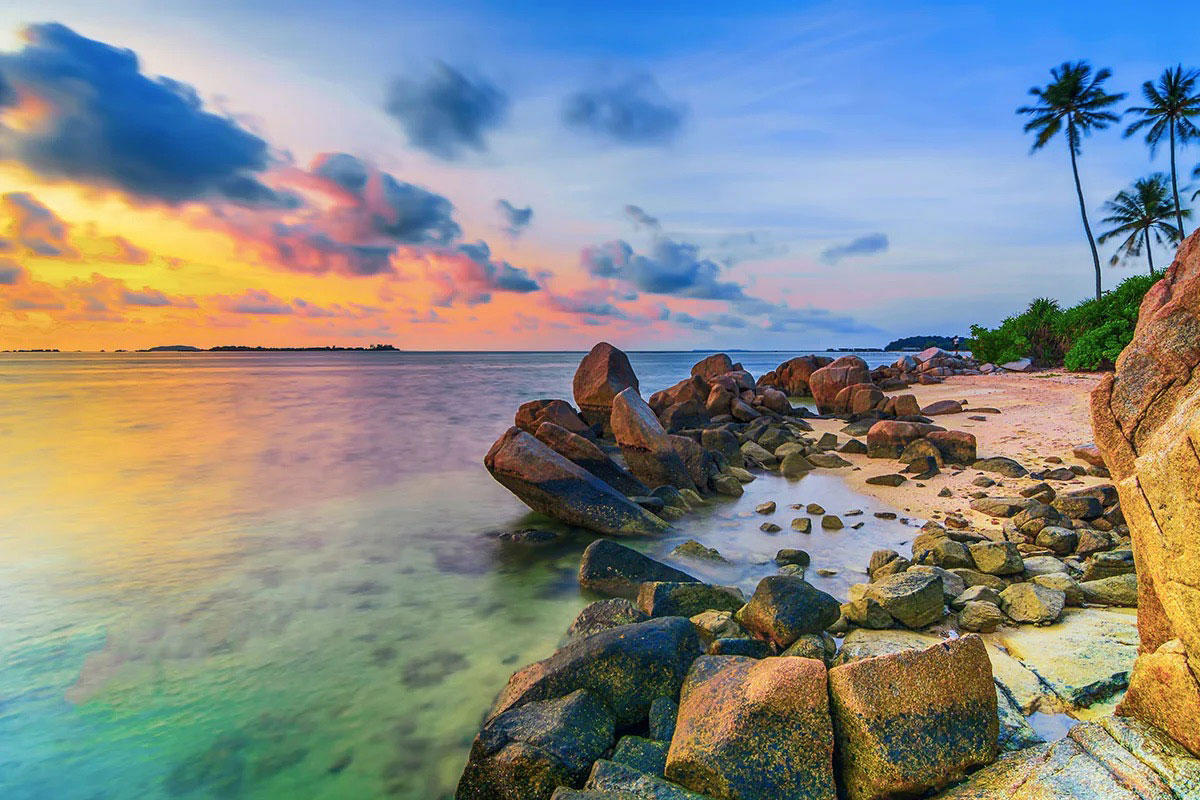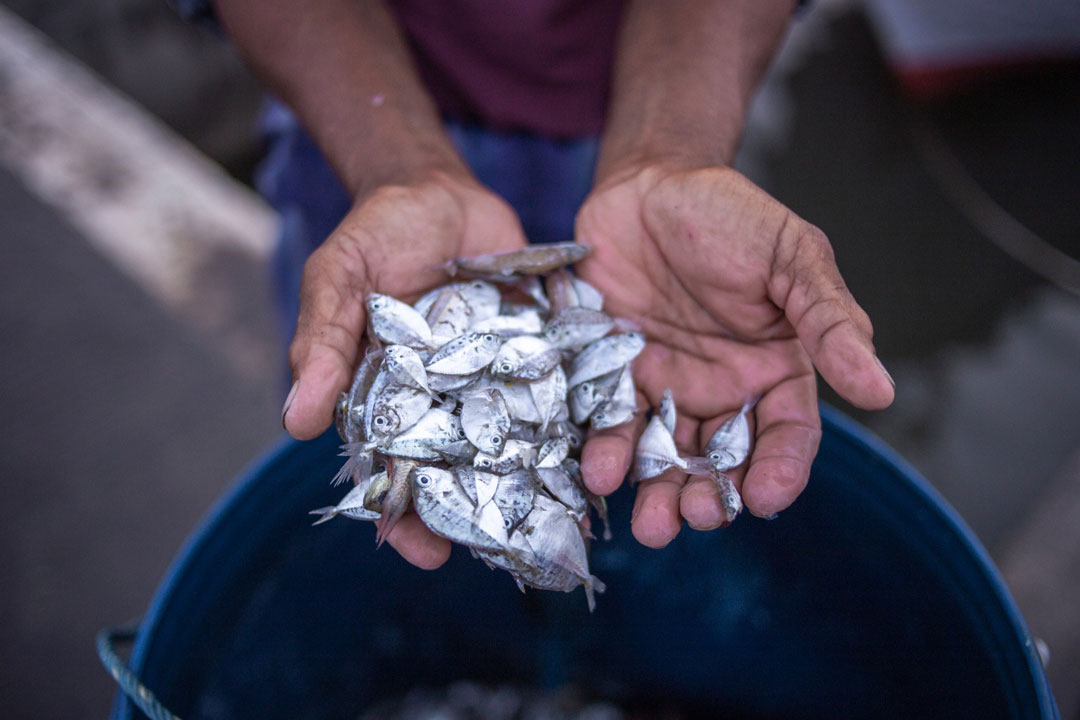Our Stories
More Than 5,000 Lives Changed,
Here Are 25 of Them
As experts in conservation economics for over 25 years, our unique, practical economics and finance training teaches key concepts and tools to environmental professionals around the world, helping transform the relationship between conservation and development.
Our training has changed the way conservationists approach their work, and has created lasting positive impact on them as individuals, on their organizations and institutions, and on the health of their environments and communities.

Our Stories
Alumni Stories
From protecting the Resplendent Quetzal in Panama and increasing Peru’s protected area budget by 400%, to encouraging community-based conservation in Bhutan, CSF alumni are using economic tools to protect people and nature all over the world.
- 1999
10,000 People Keep Their Homes
Eyra Harbar
Centro de Asistencia Legal Popular (CEALP), Panama
CSF Course: Economic Tools for ConservationOne of CSF’s central ideas is that we can change the world by grabbing levers, connecting to very big things, and pulling at the right time. The Panama Canal qualifies as a very big thing. The hundred-year-old waterway has been the most transformative piece of infrastructure in the Western Hemisphere and, in 2000, was set to transform Panama all over again. That’s when CSF helped a small, local organization pull on one of those levers for change.
It all started with a discussion over dinner at our very first course, in 1999. A young Panamanian lawyer named Eyra Harbar, who worked for the local non-profit law firm Centro de Asistencia Legal Popular (CEALP), was concerned about a plan to dam three rivers and pipe the water into the Canal as part of a scheme to expand it.
The plan was designed to permit the passage of today’s huge “Post-Panamax” ships, which have lowered the cost of global shipping, but don’t fit through the canal’s aging locks. Those locks work as a set of elevators, lifting ships over the isthmus on a pillow of fresh water supplied by the surrounding jungle. Locks big enough for Post-Panamax vessels would need four times as much water as the old ones, and the plan was to siphon the water from rivers to the west of the Canal’s physical watershed.
CSF and CEALP showed that the plan didn’t add up.
For starters, the project’s budget estimates ran as high as $8 billion. Our 2001 report, “Economic Considerations on the Panama Canal Watershed Expansion,” calculated that interest payments on such a debt could easily outstrip new revenues from expanding the canal. The plan had other costs, too: The massive diversion of freshwater, and three dams that would flood rainforests, crops and villages, displacing over 10,000 people. Resettling people would likely require deforesting part of the Mesoamerican Biological Corridor, an ecological link between North and South America.
The head of Panama’s Canal Authority hotly contested CSF’s conclusions in the press. But, amid protests, the ill-conceived plan was shelved, and our findings were eventually vindicated. The Panamanian people voted for a very different plan to expand the Canal. It used recycling pools instead of dams to supply the needed water, costing up to $3 billion less than the original expansion plan, displaced no one, left rivers free flowing and caused zero deforestation. A tug on the right lever at the right time delivered a victory for Panama’s taxpayers, rural villages, the rainforest – and even for global shipping.
Where are they now? Eyra Harbar, 1999 CSF course graduate, is now a successful short story author, having published her book No está de más in 2018 with Foro/Taller Sagitario Brief Collection. Here more from Eyra about her book in this video.
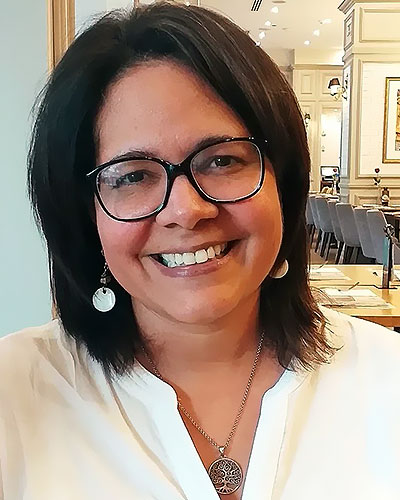
Eyra Harbar
- 2000
All That Glitters is Grass
Wilson Cabral
Water Resources and Environment Department at Aeronautics Institute of Technology
Paulo Garcia
Professor and Researcher at the Federal University of Minas Gerais (UFMG)
Fani Mamede
Undersecretary of Sustainability in Public Transportation
CSF Course: Economic Tools for Conservation in Brazil
Capim dourado means “golden grass” in Portuguese. Whether rooted in soil or pulled from the ground, capim dourado’s thin stems glow with a golden iridescence, and can be woven into bags, hats, baskets and even jewelry. In fact, just about the only way to wipe the shine off golden grass, which is a cash crop for hundreds of Brazilian craft workers in the northern state of Tocantins, is to kill the plant species itself.
That could’ve happened. The year was 2000, and three Brazilians—Wilson Cabral, Paulo Garcia, and Fani Mamede got to talking in Itacaré at our first-ever Brazilian course. Garcia, who was a conservationist living in the Jalapão region, told the other two that something big was afoot in his neck of the woods: the idea of constructing a major diversion of the Tocantins River. The goal would be to send more water into northeast Brazil’s São Francisco watershed. The São Francisco’s watershed is a huge breadbasket for the South American country, and the additional water was being eyed for crops and parched towns in the country’s Northeast.
Garcia cautioned that the diversion could threaten the area’s notable ecosystem known as the Jalapão—a zone where two Brazilian biomes intersect, an outdoor lover’s paradise where 100-foot sand dunes meet rivers, waterfalls, and exotic plant life. This landscape is home to rare and threatened fauna and includes flora such as the capim dourado.
Which brought the CSF grads to another potential problem with the project. Paulo and Wilson knew that the people of potentially affected towns like Mateiros, where capim dourado crafts help sustain the local economies, weren’t even aware that the diversion had been proposed.
Over six months, the three CSF graduates completed a cost-benefit analysis of the proposed project. Their analysis showed that the Brazilian government would lose hundreds of millions on the diversion, largely because 70 percent of the water diverted might be lost to evaporation. In fact, the study authors warned, in times of drought the diversion might steal virtually every drop of available surface water.
The outcome? Beginning in 2002, the government backed away from, and ultimately decided against the diversion near Jalapão. Emboldened park officials then created both state and federal protected areas in the heart of the region, covering more than 1.7 million acres.
“The Jalapão study put a thematic mark on my career,” says Cabral, who essentially convinced government authorities that, when it came to Tocantins, the color of money was gold as much as it was green. “Ever since then, I’ve been able to focus on the environment and ecological economics as my main theme of research.”
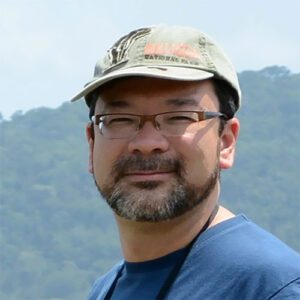
Wilson Cabral

Paulo Garcia
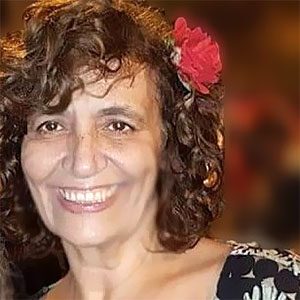
Fani Mamede
“The Jalapão study put a thematic mark on my career. Ever since then, I’ve been able to focus on the environment and ecological economics as my main theme of research.”

- 2001
Making More of Tanzania’s Megafauna
Dr. Ezekiel Dembe
Planning Manager at Tanzania National Parks, Tanzania
CSF Course: Economic Tools for ConservationTanzania’s national parks teem with the big storybook animals: rhinoceroses, lions, hippopotami, and elephants. Only a few however, have historically teemed with visitors.
In 2001, Tanzania National Parks (TANAPA) official Ezekiel Dembe came to CSF’s training and presented an inspiring challenge. Wildlife officials wanted to add land to the already world-class 12-park system in the East African country. But to get approval, his agency would have to find a way to reduce crowding in the popular Northern parks and promote those in the South and West. Any solution, he explained, also had to increase revenues; in a country where tourism is the second biggest contributor to GDP, the park system is expected to run a surplus.
After the course Dr. Dembe and CSF polled some 1,000 tourists. We found that an overwhelming share of international visitors simply didn’t know about the southern and western parks and, after the big investment to get to Tanzania, were hesitant to stray from the beaten path of famous parks like Kilimanjaro and Serengeti. Many of the surveyed tourists were unaware that Tanzania’s less heralded parks existed, and didn’t know that they too host fantastic wildlife.
Following the data collection, CSF and Dembe hosted a two-day retreat for TANAPA staffers at the country’s Arusha National Park. They discussed the findings, which suggested charging higher fees in the popular parks, luring high-end visitors to spend more inside parks rather than on hotels and operators outside, and marketing the little-known parks to put them on the tourist map.
In 2004, TANAPA raised park entry fees. Then again in 2006 and 2014. Today, fees for foreigners range from 50 to 70 USD, considerably higher than the original 30 USD before our study. Tourism, meanwhile, has boomed by over 50% in a decade, revenues have grown steadily and the agency has succeeded in expanding the park system from 12 when we met Dr. Dembe to today’s 22.
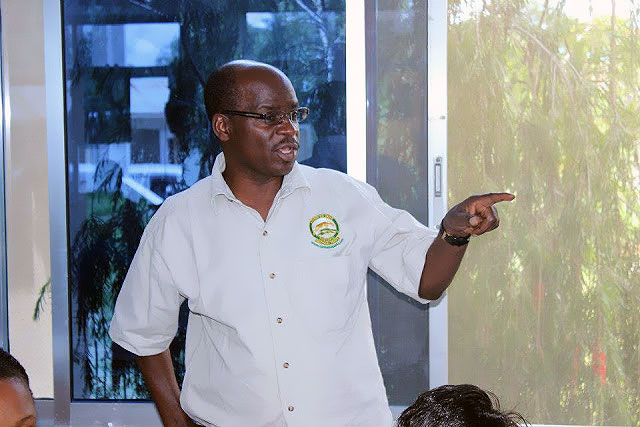
Dr. Ezekiel Dembe
- 2003
Protecting the Resplendent Quetzal in Panama’s Volcán Barú National Park

Ezequiel Miranda
Presidente de la Asociación para la Conservación de la Biosfera
CSF Study: Volcán Baru National Park and the Quetzal Trail, in partnership with The Nature ConservancyIn 2003, three road investments were proposed in the vicinity of the Barú Volcano National Park in Chiriquí province, Panama. The first, a one-lane road from Cerro Punta to Boquete, via the Park. The second, a so-called “southern route” outside the park, from Cuesta de Piedra to Boquete via Palmira, and the third paving the access roads as far as the guard stations at the Park’s Eastern and Western entrances. CSF and The Nature Conservancy (TNC) conducted an economic analysis of the proposals between February and April, 2003. We employed the “Roads Economic Decision Model,” developed by the World Bank in 1999. The research was jointly funded by TNC and Conservation International, and was one of several factors that led to cancellation of the proposed road through the park. The lower-impact “Southern Route” was selected instead.
According to local leader Ezekiel Miranda, who lives in the shadow of the volcano, “If we didn’t have a study like the one produced by CSF and TNC, it would have been impossible to prove to the government that there were economic facts telling us that this project wasn’t feasible and that there was a better alternative.”
Watch this video to learn more about our study:
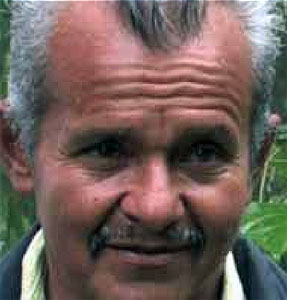
Ezequiel Miranda
“If we didn’t have a study like the one produced by CSF and TNC, it would have been impossible to prove to the government that there were economic facts telling us that this project wasn’t feasible and that there was a better alternative.”

- 2005
Fighting Big Oil and Winning

Ephrem Balole
Virunga National Park Officer,
Democratic Republic of the Congo
CSF Course: Economic Tools for ConservationVirunga is the oldest national park in Africa; the 1.9-million acre, Congolese retreat hosts an incredible array of vegetation, landforms, and wildlife. So in the summer of 2010, when SOCO International—a half-billion-dollar, British-based energy exploration company—received permission to probe for oil inside the storied park, Balole rolled up his sleeves. The 45 year-old Virunga planning officer and CSF alum worked hard to keep the park from being poked, prodded, and potentially scarred by SOCO.
After taking our Economic Tools for Conservation course, Balole knew that if he made a strong enough economic argument for investing in conservation instead of SOCO, he could prevent environmental destruction and rescue the threatened gorilla population in the park from SOCO’s development.
Then the turf war really began. SOCO launched a high-profile, goodwill campaign, promising that its oil searching efforts would bring Virunga communities school, jobs, roads and better livelihoods and, in the end, $200,000 in generated revenue. Balole, however, was ready to fight a battle of metrics. Via cost-benefit analysis, he proved that nature conservation would provide a greater economic boost to the communities surrounding Virunga than oil exploration. He illustrated that a robust park—complete with food services, lodging infrastructure, and transportation services—could generate as much as that every year, and that park tourism overall could easily contribute to the region annually. A Virunga without oil exploration, Balole added, has already provided its local communities with nine schools, a healthcare center, tree plantations, a networked water supply, and a hydroelectric dam. In fact, park policy has been to share 30 percent of its revenues with the communities that it hosts.
“Virunga National Park is the key to increasing tourism in our country based on its location and what it has to offer. The schools, health care centers, roads, dams, tree plantations, biomass briquettes and employment all help alleviate poverty,” says Balole “All of this already exists; it is more than what is expected from the oil companies.”
Balole was able to place an economic valuation on the park’s wildlife. The cost of oil activity affecting the lives and habitations of animals that included Virunga’s elephants, hippopotami, and buffalo could be high. There was also the potential cost of oil exploration on resources like Lake Edward and its outlying savannas. Plus Virunga is home to several hundred of the remaining 800 or so mountain gorillas still in existence. Putting a price on the value of these gorillas is an impossible task.
In late 2010, Balole and others from Virunga National Park met with government policy-makers and members of the Democratic Republic of the Congo’s parliament. They explained themselves and provided their metrics—and obviously made an impression. In response to legal opposition and pragmatic arguments like Ephrem’s, SOCO International announced plans to abandon their oil concession in Virunga, a commitment reiterated in March of 2015. Balole, it could be said, saved Virunga’s skin and more.
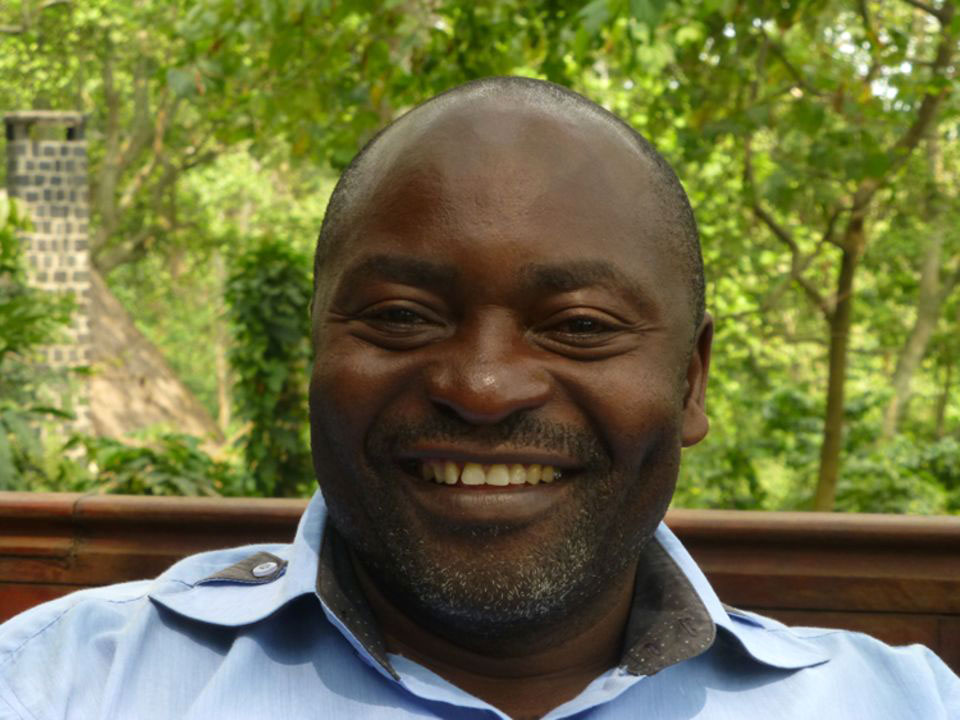
Ephrem Balole
“Virunga National Park is the key to increasing tourism in our country based on its location and what it has to offer. The schools, health care centers, roads, dams, tree plantations, biomass briquettes and employment all help alleviate poverty. All of this already exists; it is more than what is expected from the oil companies.”

- 2005
A Case for Coiba National Park

Shutterstock, Matyas Rehak
Ricardo Montenegro
Alliance for Conservation and Development, Panama
CSF Course: Mesoamerica Economic Tools for ConservationCoastal habitats worldwide produce billions of dollars in fishing and tourism income. In drawing up a management plan for one of its premier coastal sites, the Coiba National Park, Panama’s government was faced with decisions over how to make the most of the island gem’s economic potential without damaging its fragile ecosystems. In 2007, CSF joined the Smithsonian Institution and Conservation International to answer that question.
The 430,825-acre marine preserve is a one-time prison colony rich with old-growth forests, coral reefs, and sea life. The park is an island paradise, 14 miles from Panama’s Pacific coast and teeming with hundreds of species of sea life that include parrotfish, maidens, marlin, sharks and crocodiles. With only six primitive government-run cabins on the island, many resort developers could just imagine the money to be made on a sprawling, four-star hotel.
CSF course graduate Ricardo Montenegro’s research made it clear that Coiba could generate ample benefits without a lot of construction. He found that less fishing and modest visitor infrastructure were consistent with sustaining a long-term stream of benefits to locals and to the broader economy.
Montenegro argued that the area’s artisanal fishermen were thriving, and should be left to make a relatively comfortable living—instead of potentially suffering, along with the islands and outlying areas, from overfishing. He reported that Coiba’s tourists, many of them scuba divers and snorkelers, find the destination to be a good value.
Montenegro and CSF suggested that concessionaires be invited to offer revenue-generating services—as long as they worked within very strict environmental standards. Finally, Montenegro showed that the revenue already generated by the park justified that more money was available to be funneled back into park management and oversight (the plan suggested 11 million USD over five years).
“What the study basically proved,” says Montenegro, “is that a better use of many existing park tourism services could generate the resources needed to cover future costs.” That means that Coiba, without being overhauled or turned into an amusement park, could largely take care of itself.
The Panamanian National Environment Authority used this information in the development of the park’s master plan.

Ricardo Montenegro
“What the study basically proved, is that a better use of many existing park tourism services could generate the resources needed to cover future costs.”

- 2006
Increasing Peru’s Protected Area Budget by 400%

Shutterstock, Alva Robueno
Fernando León
Peru Ministry of the Environment
CSF Course: Economic Tools for ConservationAfter attending CSF’s Economic Tools for Conservation course at Stanford in 2006, Fernando used his new economic analysis methods to publish a report estimating the monetary contribution of Peru’s protected areas to the national economy. “The report convinced the Ministry of Economy and Finance to increase the budget for the protected areas system by 400 percent” Fernando shared with us.
Years later Fernando joined Peru’s Ministry of Environment and reached out to CSF for help designing the country’s policy, to compensate for development impacts that can’t practically be avoided. CSF helped the Ministry craft the first policy framework and later worked with several other prominent groups on detailed guidelines, approved as official policy in December 2014. Now builders of roads, power plants, mines and other big projects will have an incentive to minimize environmental impacts, and will offset any that do happen. All this in a country with an expanse of rich tropical forest the size of California.
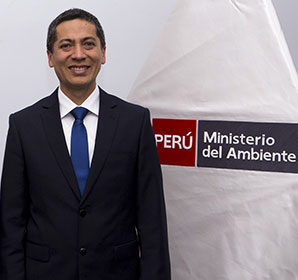
Fernando León
“The report convinced the Ministry of Economy and Finance to increase the budget for the protected areas system by 400 percent.”
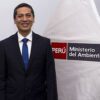
- 2007
Pulling People out of Poverty With a Park

Shutterstock, Vaclav Matous
Paola Lozano
CSF Research Fellow
CSF Study: Economic Valuation of Natural Resources of Bolivian Protected AreasThe Arbol de Piedra, or “Stone Tree,” is a lone 20-foot rock that over the course of time has been sculpted by wind and sand to look like a resilient yet stunted tree. It’s a good metaphor for the tough life on the Andean high plains, and the icon of Bolivia’s Eduardo Abaroa National Wildlife Reserve.
The popular 1.7 million-acre park is often likened to Yellowstone for its mix of geysers, hot springs, moonscapes, and mountains. It draws roughly 80,000 visitors annually, but its vastness and isolation (650 miles from La Paz) make oversight difficult. Tailings from in-park mining sites and a lack of public facilities have contributed to park pollution. Visitors drive over fragile land. In surrounding communities, 99.4 percent of the population lives in poverty.
In 2007, Conservation Strategy Fund research fellow Paola Lozano set about discovering how much visitors would be willing to pay in entry fees if the park could upgrade its facilities and management. She surveyed over 225 visitors, with eye-opening results.
Survey participants—most of them European tourists—said they’d willingly spend approximately 85 to 90 percent more money for a great park experience. In exchange for the almost $50 per day in extra spending, participants said they’d expect improvements to the park’s infrastructure, including better roads and hospitality services.
Paola advised park management that entry fees for foreign visitors could be raised from $4 to as much as $30 without significantly reducing their numbers. After some deliberation, her recommendation was accepted in 2010 and fees were raised to $20 for international visitors and kept at $4 for nationals. The 80,000 visitors that year were nearly identical to the 2009 numbers. The resulting five-fold gain in revenues in 2010 opened new possibilities for revenue-sharing with the local communities of Quetana Grande and Quetana Chico, whose income from the park multiplied by a factor of seven, to over $500,000 annually, while still increasing entry-fee income for park management to nearly triple its former total.
Paola’s story is just one example of how economic expertise can lead to environmental gains and an increase in the livelihoods of those that call it home.
- 2007
Valuing the Cultural and Natural Heritage of Bolivia’s Torotoro National Park

Shutterstock, Belikova Oksana
Sophia Espinoza
Project Coordinator and Analyst, Conservation Strategy Fund
CSF Fellowship: CSF Southern Tropical Andes FellowshipTorotoro National Park (PNTT) is one of the 22 protected areas of national importance in Bolivia and is located in the north of the Potosí department. This 16,570 hectare area is characterized by a great variety of natural and cultural resources which, in turn, constitute tourist attractions. The park preserves unique geological formations, the country’s largest chain of caves, dinosaur remains and footprints and animal and plant fossils, and ruins that indicate the presence of ancient cultures.
In 2007, the Torotoro Municipal Development Plan (2003-2007) revealed a progressive degradation of natural resources and decrease in the quality of the environment within and surrounding the park. Considering that environment problems and overexploitation of natural resources are consequences, in part, of their non-valuation and an inadequate national and regional policy of administrative support, CSF research fellow, Sophia Espinoza conducted a study to make recommendations for the sustainable management of the natural and cultural resources that PNTT offers. Sophia did this by conducting an environmental valuation of the park’s many resources and services. While the values considered in this study represent only a part of the total benefit of the park’s natural and cultural resources, Sophia’s valuation presented a clearer picture of the value of Torotoro’s natural and cultural heritage for more strategic management.

Sophia Espinoza
“Thanks to CSF’s support, my thesis was a success and I was able to launch my career as an environmental economist.”

Hear from Sophia about her work with CSF
- 2009
Protecting Community Forest Reserves in Papua New Guinea

Native women dance in circle during traditional Enga cultural show in Wabag, capital of Enga Province, Papua New Guinea.
Shutterstock, Michal KnitlTheresa Kas
The Nature Conservancy
CSF Course: Economic Tools for ConservationAfter attending Conservation Strategy Fund’s Economic Tools for Conservation course in 2009, Theresa Kas visited the small village of Sohoneliu in her home country of Papua New Guinea. Once she arrived, she realized much of the forest had been depleted to the extent that wild animals had lost much of their habitat and the river was full of sediment and pollution from the local quarry. Theresa took the initiative and began meeting with local community members living where many had converted precious forests into farmland. Using the skills she had acquired from the training course at CSF, she conducted a cost-benefit analysis to evaluate the true cost of these unsustainable practices. They soon realized that the true economic cost was far greater than the benefit of the harvest and quarry development. In addition, the villagers realized that prior to the degradation of the forest, their quality of life and diversity of diet were much healthier. As a result, the costs of health care as well as various illnesses related to their current diet had increased.
In response, they have made a decision to allocate all of the community forest and land they own into proper land use and management plans. Today, the people of Sohoneliu community are developing management plans for about 10,000 hectares of forest. Their lessons and experiences have now influenced villages beyond their own. Inland communities of Papua New Guinea have now allocated an estimated 100,000 hectares of traditional land and forest into a proper land use and management plan. Theresa concludes, “They now realize that a healthy environment will lead to healthy people.”
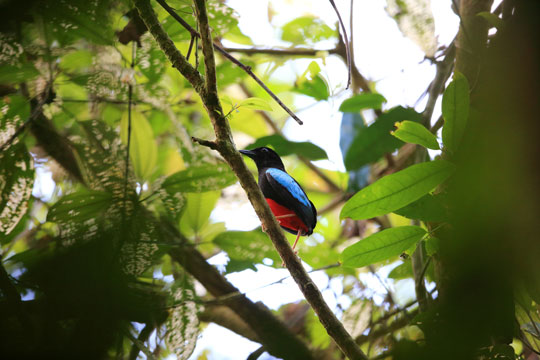
Theresa Kas
“They now realize that a healthy environment will lead to healthy people.”
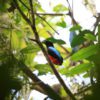
- 2010
Campsites for Conservation in Jigme Dorji National Park
Lhendup Tharchen
Program Coordinator for UNDP Bhutan
CSF Course: Economic Tools for Conservation: A Course for Natural Resource Managers in BhutanThere’s one park in the Kingdom of Bhutan where the ranges of the Royal Bengal Tiger, the snow leopard and Himalayan black bear overlap and where communities have lived in harmony with nature for hundreds of years. A trekker’s paradise, Jigme Dorji National Park is known for its astounding biodiversity, breathtaking alpine meadows and majestic snow-capped mountains. But, until Lhendup Tharchen, it was missing one thing: proper campsites.
Forestry Officer Lhendup Tharchen, a 2010 graduate of CSF’s course offered in collaboration with the Ugyen Wangchuck Institute for Conservation and Environment, wanted to know whether campsites inside the park could provide a financial return to locals, and if they could defray management costs. So he broke out his spreadsheets and ran the numbers.
His cost-benefit analysis encouraged local people that it would work. The park developed a plan that would allow the local communities to not only directly engage in conservation, but also provide an opportunity to supplement their modest income from Yak milk. Basic infrastructure has now been constructed – by the locals themselves through support from the government – and includes tent sites, water sources, and fencing. Camping fees will be given to the communities through an endowment fund, with 10% going directly to the park.
This story from Jigme Dorji reminds us that it’s not always the sweeping policy initiative or dramatic development battle that determines the long-term success of conservation. Sometimes it’s campsites. In fact, 25 years have shown us that success is made of many contributions large and small, from many people putting the right skills to work at the right time.
Where are they now? Three years after this conservation success, in 2013, Lhendup Tharchen was appointed as the Chief of Jigme Dorji National Park (JDNP). He continues to innovate for conservation, recently publishing a Tiger Action Plan for tiger conservation in Bhutan.
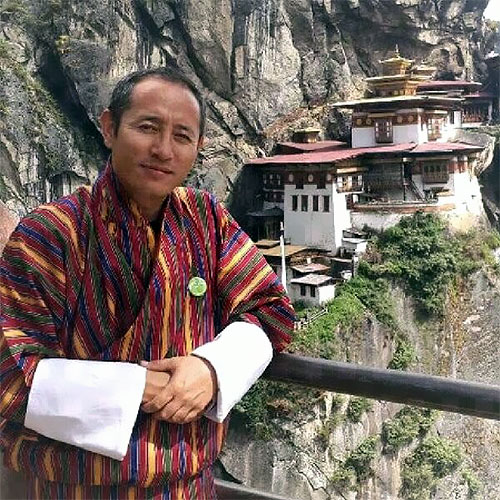
Lhendup Tharchen
- 2012
Game Theory for Resource Conservation
Paula Andrea Zuluaga
Researcher, NEWWAVE, Colombia
CSF Course: Economic Research FellowPaula Andrea Zulauaga, one of our past research fellows, applied game theory to the global issue of overfishing to figure out how native fishermen can set and stick to agreements that will conserve their resources over time in Colombia’s Orinoco Basin. Through her work with the fishermen in Colombia, she discovered that communication amongst the actors was the most effective intervention. Her work led to six communities ratifying self-regulation fishing agreements.
Paula and many other CSF alumni are the future of economics-driven conservation. Paula is now an Early Stage Researcher at NEWAVE, working on equitable water governance in the Mar Menor.
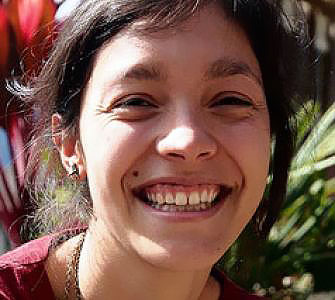
Paula Andrea Zuluaga
- 2014
Geographic Modeling for Affordable Conservation
Janeth Lessmann Escalona
CSF Andean Amazon Fellow 2013-2014, Venezuela
Janeth Lessman Escalona used her time in our fellowship program to integrate economic costs in determining priority areas for species conservation in Amazon regions of Colombia, Ecuador and Peru, with the objective of increasing the diversity of protected species in the area at the least possible opportunity cost. Sets of birds, amphibians, mammals and plant species were selected as conservation targets and their estimated distributions were established using niche models. Both management and opportunity costs associated with the establishment of reserves were evaluated.
Through her research, Janeth identified the most cost-effective places to invest in protecting ecosystems. She used geographic modeling of the costs of conservation management and foregone farm profits. Governments throughout the Andes can use this blueprint to expand conservation at an affordable cost.
CSF’s Research Fellowships propel emerging scholars to the cutting edge of conservation economics. Delivered in partnership with USAID’s Initiative for Conservation of the Andean Amazon (ICAA), the program supported policy-relevant research under the guidance of top economists in the region.
Watch Janeth describe her research on using economic calculations to stretch conservation funds dedicated to protected areas (Video in Spanish):
- 2014
Making Natural Resource Management More Effective in Fiji
Sangeeta Mangubhai
Former Director of Wildlife Conservation Society (WCS) Fiji.
CSF Course: Economic Tools for Marine Conservation, PalauSangeeta Mangubhai, Director of Wildlife Conservation Society (WCS) Fiji at the time, attended CSF’s Economic Tools for Marine Conservation course in Palau in 2014. Six months later, she used what she learned at the course to design and implement a national assessment of conservation mechanisms. The report provides recommendations for effective natural resource management that are instrumental as Fiji strives to reach its Aichi Biodiversity Targets under the Convention on Biological Diversity.
Sangeeta has also been involved in establishing two conservation areas to protect the biodiversity of Fiji. The Vatu-i-Ra Island Conservation Park protects 110 square kilometers of marine ecosystems as well as the island, a popular seabird breeding ground. The Kilaka Forest Conservation Area has a 99-year conservation lease on more than 400 hectares of pristine tropical forest, and provides an alternative source of income to logging and mining, preventing destruction of the forest.
In 2018, Sangeeta was recognized with a Pew Marine Fellowship Award.
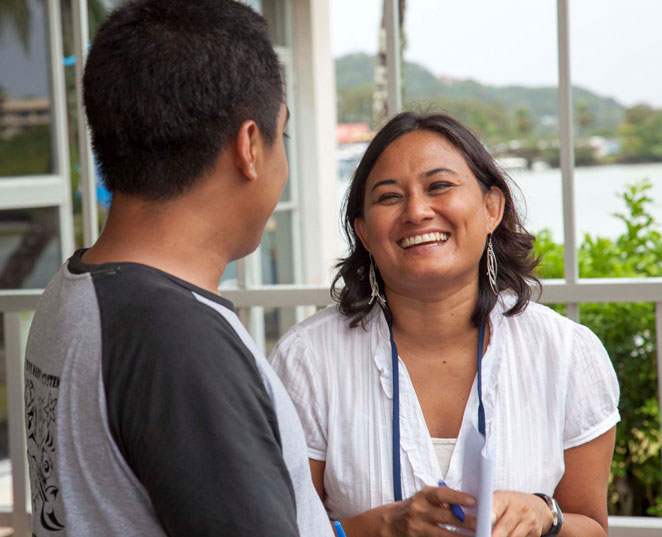
Sangeeta Mangubhai
“[CSF gave] me the knowledge and background on PES and other economic tools to apply them in marine and terrestrial ecosystems across Fiji. I think these will prove to be durable conservation approaches in the long term.”
- 2016
Partnerships for Sustainable Tourism in Belize
John Burgos
Mesoamerican Reef (MAR) Leadership Program
CSF Courses: Economic Fundamentals (MAR-L Program) & Economic Tools for Conservation 2017As Executive Director of Belize Tourism Industry Association (BTIA), the umbrella organization representing the private sector tourism industry in Belize, John Burgos advocates on behalf of its members on issues, projects, and regulations that affect the environment. Prior to participating in the MAR Leadership Program, John had limited experience with environmental conservation. The program offered a unique learning experience with topics ranging from economic incentives to legal advocacy to public speaking, and allowed him to expand his network of conservation professionals. Through this network, BTIA was able to learn from projects in other countries and is now actively working to implement sustainable tourism projects that promote conservation in Belize.
BTIA is one of the leading members of the Belize Coalition to Save Our Natural Heritage, which advocated for the moratorium on offshore oil exploration. As part of the coalition, John was able to apply the skills and expertise from the MAR-L program to develop strategies, lead campaigns and participate in press conferences and meetings with government officials that contributed to this great achievement for Belize.
The MAR Leadership program (MAR-L) and CSF Training: CSF Staff met with the 2016 MAR fellows in Cancún, Mexico to share with them the importance of economic fundamentals for natural resource conservation. Instructors for this meeting came from CSF, the Center for the Blue Economy (CBE), and the National Autonomous University of Mexico (UNAM).
For more information on MAR-L, please visit this link: https://liderazgosam.org/en/
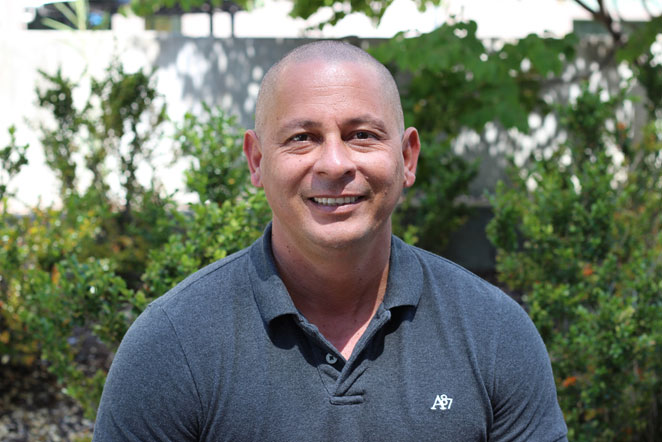
John Burgos
- 2016
Tackling Pandemic Challenges with Sustainable Economic Solutions
Ehdra “Eed” Beta Masran
Director of Ikan Fillet Papua, West Papua, Indonesia
CSF Course: Economic & Policy TrainingFor years, the fishing industry in the Sorong region of West Papua, Indonesia, has relied on a broker system between local fishermen and commercial companies; a system that disproportionately prioritizes export-grade fish for trade, often to the detriment of local fishers. As a result, when the government placed restrictions on fishing activities and markets due to COVID-19, local fishermen suffered a devastating setback. Unable to fish or sell their fish at the market, many local families were left without a primary source of income.
Fortunately, Conservation Strategy Fund’s 2016 Economic & Policy Training alumnus, Ehdra “Eed” Beta Masran was able to step up to support his local community in West Papua. In coordination with other regional stakeholders, Masran collaborated on the creation of a community market to increase the revenue of local fish sales. The result was “Ikan Fillet Papua”, a sustainable fish market where local fishers can sell their catch online or directly to buyers at other local markets in the area.
A longtime environmental activist, Masran has always been an advocate for sustainable fish markets. After graduating from Riau University with a degree in Marine Studies, Masran worked with the World Wide Fund for Nature Indonesia (WWF-Indonesia) in Sorong, West Papua, where he was actively involved in efforts to develop sustainable fisheries in the region. Now, as the Director of Ikan Fillet Papua, Masran and his partners are having a huge impact on their local fishing community.
Less than two months after founding Ikan Fillet Papua, Ehdra and his team sold 197 million Rupiah (or 13,000 USD) of fish through their website. In addition, they purchased the entire catch from local fishermen – a total cost of roughly 157 million Rupiah (or 10,000 USD). These fish sales generated a critical cash-flow for the local community at a time when they needed it most.
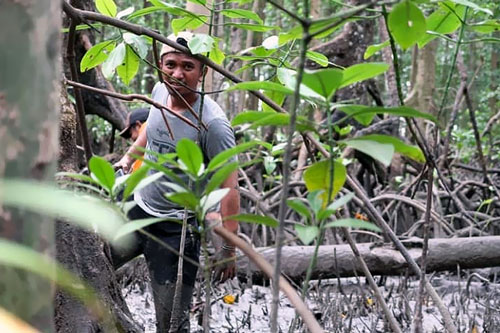
Ehdra "Eed" Beta Masran
- 2018
Protecting Tuna Fisheries from Under-regulated Fishing Practices
Shinta Yuniarta and
Widhya Nugroho SatrioajiePhD candidates, Wageningen University, the Netherlands
CSF Fellowship: Groundwork Analysis ProgramShinta Yuniarta and Widhya Nugroho Satrioajie’s, CSF marine fellows, used our fellowship to analyze the effects of fish aggregating devices (FADs) on Indonesia’s tuna fishery.
FADs are floating man-made objects that attract pelagic fish that deliver substantial economic advantages via lower fuel costs and greater dependability of high-value catch. If unregulated, FADs can also lead to overfishing, juvenile mortality, and high levels of unreported catch – all of which have long-term negative consequences for the health of the fishery. Indonesia currently has two laws governing the placement and registration of FADs, but neither has been consistently enforced.
Shinta’s research project improved available data on Indonesia’s tuna fisheries by incorporating estimates of unreported catch. In a previous study, Shinta found that unreported catch by tuna fishers using FADs was as high as 30%. Widhya’s research project sought to understand the key factors determining the deployment and distribution of FADs in the tuna fishery in Bitung. This research provided important insights into FAD usage, which will be critical to Indonesia’s efforts to sustainably manage their fisheries.
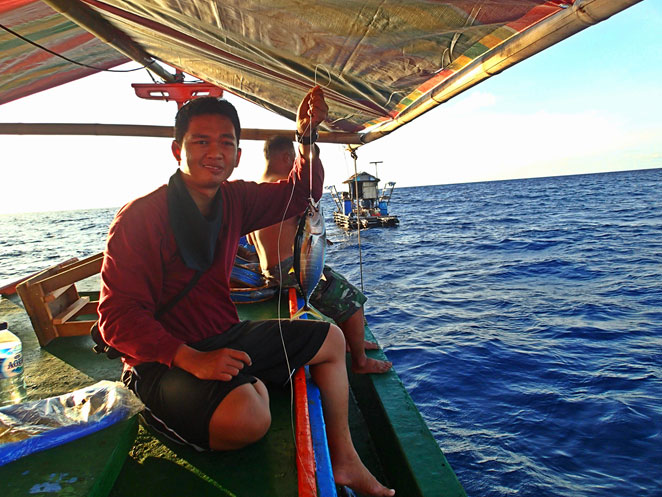
Widhya Nugroho Satrioajie
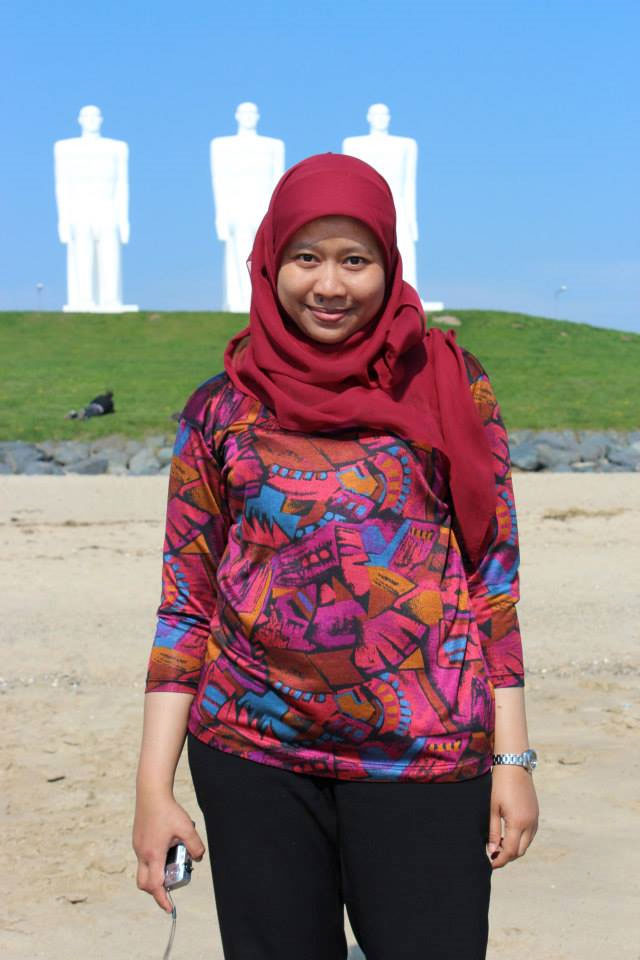
Shinta Yuniarta
- 2019 - 2020
Helping Indonesia’s Bintan Island Tackle the Threat of Oil Spills

Ani Suryanti
CSF Indonesia Fisheries Management Area Groundwork Analysis Fellow 2019-2020
A lecturer at Raja Ali Haji Maritime University in the Faculty of Marine Science and Fisheries, Ani Suryanti spent her time in CSF’s fellowship program assessing the impact of oil spills on the tourism economy on Bintan Island in Indonesia.
A one hour boat ride from Singapore, Bintan Island is one of Indonesia’s most popular ecotourism destinations. Ani’s research found that the Riau Islands are one of the biggest contributors to national revenue in the tourism sector, and at the center of the Riau Island’s tourism is Bintan Island. With a long coastline, pristine beaches, and rich marine biodiversity, Bintan Island offers a healthy ecosystem for both ecological and economic prosperity. However, being located in one of the busiest cargo ship channels in the world creates a challenge for the island.
Oil is one of the most polluting substances to coastal and marine ecosystems in the world and oil spills on the Bintan Island coastline have damaged the marine ecosystem and affected tourism activity, underscoring the need to investigate and address this problem thoroughly. Oil spills can make it difficult for tourism service providers to predict their revenue since they rely heavily on a pristine and clean environment to attract tourists from all around Indonesia.
In 2019, Bintan Island was struck 23 times with oil spills on the coastline. Ani’s research found the cumulative total losses to the five resorts on the island were around 150,000 USD, including cleanup expenses, room cancellations, and monitoring costs. These losses not only represent a reduction in current revenues but also threaten future Bintan Island tourism if the problem isn’t addressed adequately.
She presented her research in the provincial capital, Tanjung Pinang. The event was attended by about 30 participants from the provincial government, various institutions, academics, civil society, tourism-business owners, police, and NGOs. Ani’s research has provided some essential information and economic justification for government efforts in addressing one of the main issues threatening Bintan’s marine ecosystem and tourism.
Where are they now? Ani’s CSF training helped her attain a position at the Department of Social-Economy Fisheries and after attending CSF Indonesia’s Journal Writing Workshop, Suryanti successfully published her work in an international journal.
“I am honored and grateful for CSF. Hopefully my research will help to solve real-life problems within Fisheries Management Area 711 specifically, in the Riau Islands.”

About the Groundwork Analysis (GWA) Program
CSF’s GWA program is a capacity-building collaboration between CSF Indonesia (Yayasan Strategi Konservasi) and the Faculty of Fisheries and Marine Sciences of IPB University (FPIK). The goal of the course is to build the capacity and leadership of researchers and decision-makers in using economics and conservation science tools for the sustainable management of marine and fisheries resources. This work is made possible by the generous support of Margaret A. Cargill Philanthropies and the Walton Family Foundation.
- 2019 - 2020
The Economic Wake of a Tsunami
Permana Ari Soejarwo
MMAF Research Center for Marine & Fisheries, Indonesia
CSF Course: Marine Fellowship Program 2019 -2020As the world grows more threatened by the climate crisis, all weather events are becoming more dangerous and unexpected. Natural disasters will become common and for coastal communities the impacts could be colossal. In 2018 there was a devastating tsunami that hit the coast of Lampung, Indonesia and seriously damaged the region’s marine tourism economy.
One of our marine fellows, Permana Ari Soejarwo, conducted his research on the economic impacts of a tsunami on marine tourism to help the regional government develop stronger natural disaster management strategies. In the wake of the tsunami in Lampung, Permana identified missing tracking systems for damages and interviewed survivors of the disaster to integrate personal stories in his recommendations.
Permana left the site inspired by the hope that the local population continued to demonstrate as they rebuilt their lives. By calculating the true cost of the tsunami both socially and economically, Permana offers the government important information on the impact of natural disasters in the region, and the necessary research for improving their responses to future disasters.

Permana Ari Soejarwo
“I hope that this will lead Lampung to become a province that can sustain such disasters, and restore the South Lampung identity of marine tourism.”

- 2020
The Economic Value of Dolphin Tourism in Kiluan Village
Putu Liza Mustika
Marine Fellowship Program Fellow, Indonesia
Kiluan is a small fishing village in Lampung Province, Indonesia, which lies at the southern tip of the island of Sumatra. Over the last decade, a community-based dolphin-watching industry has developed there in large part due to Kiluan’s native populations of small cetacean species, including the spinner dolphin and the Risso dolphin. Like many villages across Indonesia, marine-based tourism has become an increasingly vital sector of the local economy, and in Kiluan village, dolphin-watching tourism has emerged as a particularly lucrative side of the tourist industry.
As a native of Kiluan village, Putu Liza Mustika wanted to better understand the impact of marine-based tourism to her local community. Through CSF’s second Marine Fellowship Program, Mustika was able to conduct critical research on the economic value of dolphin-watching tourism with guidance from her CSF staff and mentors. Mustika’s study, “The economic contribution of dolphin-watching tourism in Kiluan, Lampung, Indonesia,” examined the current state of the Kiluan dolphin-watching industry and answered several key questions abouts its future.
Through the targeted regulation of tourist activities on all dive sites, Mustika concluded that Kiluan could minimize the negative impacts of tourism on dolphin habitat in the region and still create a sustainable tourist industry.
Mustika shared this exciting research with local stakeholders through a live-webinar event in September of 2020. The event was well attended with representatives from the local marine and Fisheries agency (Dinas Kelautan dan Perikanan Lampung), the local tourism agency (Dinas Pariwisata dan Ekonomi Kreatif Lampung), non-governmental organizations, and prominent university lecturers. Participants were interested in understanding Mustika’s roadmap for sustainable dolphin-watching tourism and eager to hear her recommendations for how to implement a more effective strategy for tourism in the region.
Where are they now? Since attending our fellowship in 2020, Putu Liza Mustika obtained her PhD from James Cook University in Australia. Dr. Mustika continues to help Conservation International Indonesia building the Marine Protected Area Network of the Bali Province and together with her colleagues, she is establishing Indonesia’s marine mammal stranding database website.
Read Putu Liza’s a whale of a tale blog for more updates.
Read more about her work in this article she published on our site.

Putu Liza Mustika
- 2022
Embracing Indigenous Knowledge to Protect the Coral Triangle
Wellem “Willy” Anselmus Teniwut
Researcher, Fisheries Agribusiness, Tual State Fisheries Polytechnic
CSF Fellowship: Marine Fellowship ProgramThe Kei Islands is a small archipelago region located in the southeastern part of Maluku province Indonesia that consists of several islands. This region is part of the valuable Coral Triangle (CT), a biodiverse triangle of the ocean between Indonesia, Malaysia, the Philippines, Papua New Guinea, Timor Leste and the Solomon Islands. The CT is incredibly biodiverse and must be heavily protected in order to preserve its ecosystems.
Our Marine Fellow, Wellem “Willy” Anselmus Teniwut, has been leading crucial research on the economic benefits of Marine Protected Areas in the Kei Islands region to determine the best areas for Indonesia to implement additional Marine Protected Areas.
For several years Willy and his team interviewed local fishermen to determine likelihood of coastal community support for establishing and managing an MPA. They discovered a long tradition of marine stewardship by the locals explained in an indigenous term known as sasi laut. “Sasi laut” is a local wisdom of Kei society that encourages community members to protect the natural resources upon which they depend.
His landmark study shares the following understanding of sasi laut, and concluded that this indigenous wisdom aligns perfectly with the mission of a Marine Protected Area, leading his team to recommend a few locations within the Kei Islands for stronger marine conservation efforts.
“In the Kei customary community, sasi is a rule of law based on the principle of preservation and balance of nature’s relationship with humans (ecosystems). This principle is rooted in the first stanza of the philosophical utterances underlying the Larwul Ngabal customary laws, namely Itdok fo ohoi itmian fo nuhu (’we inhabit or occupy the villages or villages where we live and eat from nature and the land’). This philosophical basis emphasises the relationship between human life and nature, whereby the latter is an integral part of humans (in this case, indigenous people). Thus, the destruction of nature implies that of human lives. This theory is based on a natural management system guaranteeing human survival and is one of the fundamentals of overcoming evil intentions, greed, and selfishness. Therefore, the principle of sustainability is one of the main foundations of the lives of indigenous people in the Kei (Evav) Islands.”
You can read his published study here.
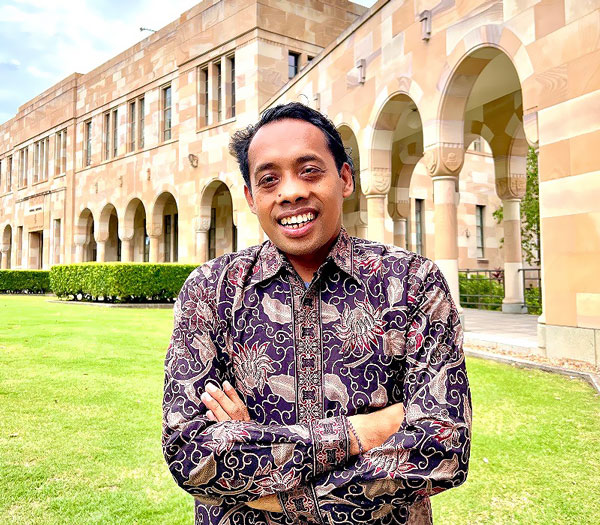
Wellem "Willy" Anselmus Teniwut
- 2022
Improving Sustainable Fishing Practices with a Certification Program

Fish market at Panarukan Harbor in East Java, Indonesia.
ShutterstockCindy Silvia Hadi
Aquaculture and Fisheries Auditor
CSF Course: Marine Fellowship ProgramSustainable fishing practices are a growing global concern, the impacts of which affect all marine life across the globe and fishing industries. As an archipelago, Indonesia has an incredible potential to be a leader in sustainable fishing practices, with enough marine life to provide the country with an abundance of seafood, however, though blessed with the coral triangle and its marine biodiversity, Indonesia fishery practices are still far from sustainable.
Seafood certification is one of the best ways for governing bodies to monitor the sustainability of their region’s fishing practices, though it comes with its own challenges.Our Marine Fellow Cindy Silvia Hadi is a fishery and auditor at the Control Union Indonesia. She is working to improve sustainability in the seafood industry by investigating the impact of certification processes on fishing practices. Seafood certification programs are being put in place across the country, but how effective are they in managing and improving fishing practices?
Cindy’s research on certifications in Bitung, North Sulawesi, and Buru Island, Maluku will assess whether or not the region’s seafood certification programs have resulted in positive outcomes for both the fishermen and the local economy. This research will build a strategic framework for future analyses of seafood certification programs and will help the conservation world more effectively implement sustainable practices in the fishing industry.

Cindy Silvia Hadi
“I truly believe that I have received one, if not the best piece of schooling since my university days in the UK. My way of appreciating the excellent, multi-cultural training we received is to use it, and sure like rain we are using it!”

“Conservation Strategy Fund’s programs define what is cutting-edge in the conservation field. A precious gem whose approaches must be scaled-up by every major conservation organization.”

“The CSF program connects both sides – people and nature – and taught me ways to do conservation better with economic tools. And, for the first time, I enjoy numbers!”

